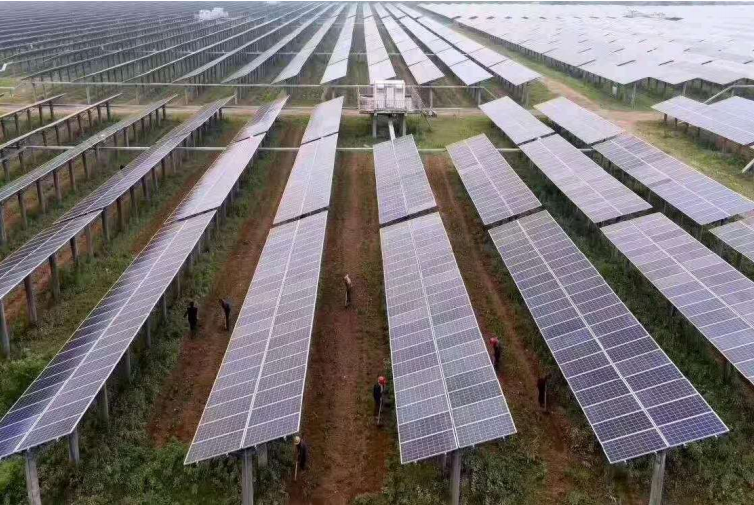Dahlander motors (also known as pole changing motors, dual- or two-speed motors) are multispeed induction motors in which the speed is altered by changing the number of poles; this is accomplished by changing the electrical connections inside the motor. Depending on the stator winding, the motor may have a fixed or variable torque. It was created by Robert Dahlander (1870–1935), who was also its creator.motor, two speed motor, ac motor, dual speed motor, hydraulic motor
Switching the poles in a motor reduced the speed of the motor, according to Robert Dahlander, a Swedish engineer working for ASEA. He and his co-worker Karl Arvid Lindström were given a patent in 1897 for an electrical design to switch between poles in a motor. The “Dahlander connection” was given to the new connection, and a motor with this arrangement is known as a “pole changing motor” or a “Dahlander motor.”motor, two speed motor, ac motor, dual speed motor, hydraulic motor
Dual-speed motors are intended to run at two, occasionally three, consistent speeds that can be switched back and forth. The motor’s relative number of pole pairs determines the speeds. They are a cost-effective alternative to frequency inverters since they may operate at two or three speeds in industrial machinery and systems.motor, two speed motor, ac motor, dual speed motor, hydraulic motor
 Revolutionising sugar mill efficiency: Mill Gears unveils world’s largest gearbox
Revolutionising sugar mill efficiency: Mill Gears unveils world’s largest gearbox
 who are the leaders in solar trackers for the power industry?
who are the leaders in solar trackers for the power industry?
 Trina releases new version of Vanguard 1P solar tracker
Trina releases new version of Vanguard 1P solar tracker
 GameChange Solar Tests Tracking System for 40-Year Lifespan
GameChange Solar Tests Tracking System for 40-Year Lifespan